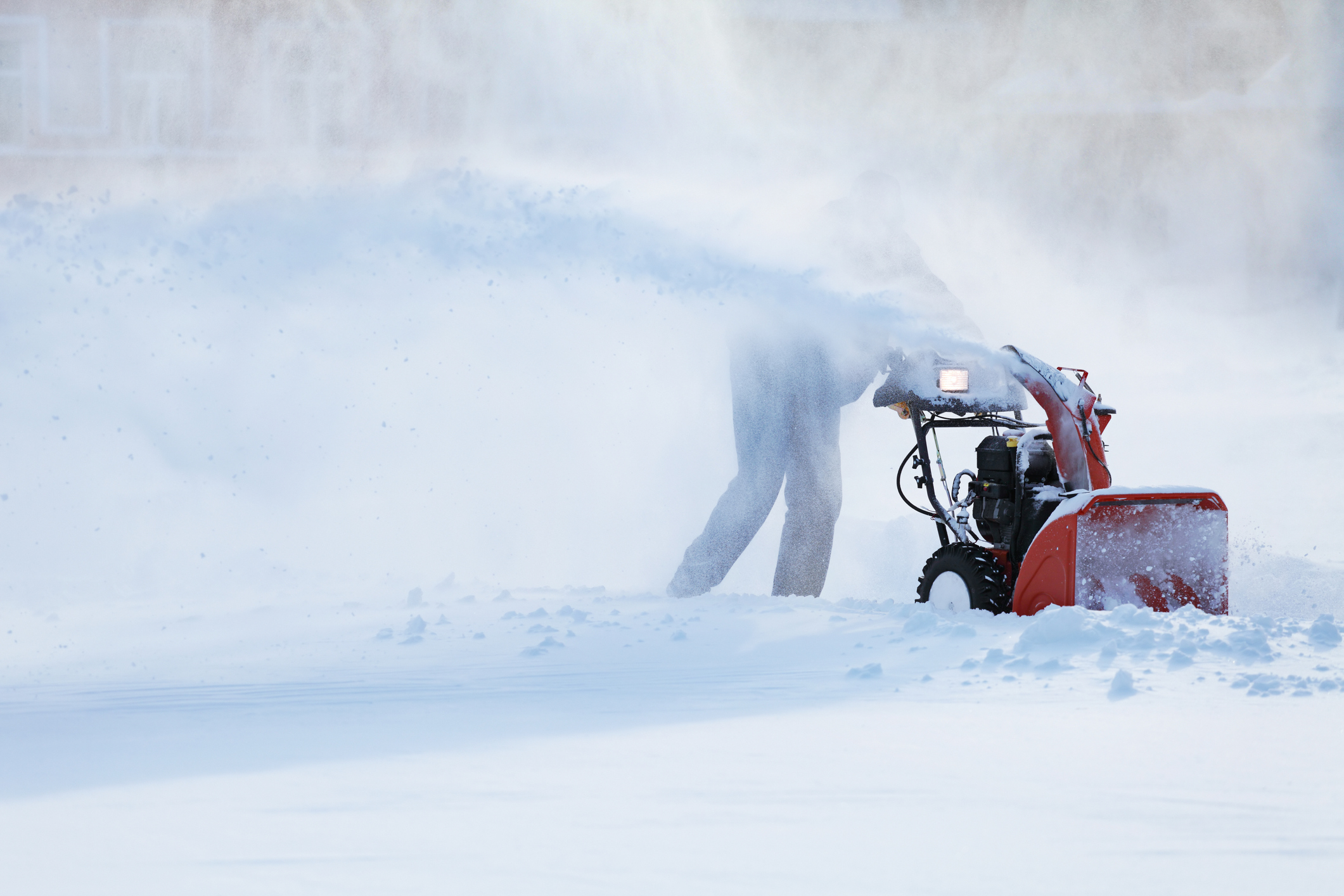In cold temperatures frostbite, a freezing injury, can lead to serious health outcomes without rapid medical care. Often frostbite affects the fingers and toes, and in extreme situations can lead to amputation (i.e., hands/feet and arms/legs) and life-long disabilities that affect daily living and mental health. Signs and symptoms of frostbite include redness, pain, white or grayish-yellow skin area, clumsiness, or numbness.
Frostbite injuries are often due to being in cold weather during winter sports, vehicle malfunction in winter storms, substance abuse, and homelessness. Frostbite injuries among military personnel occur from living and training in extreme cold weather. According to the Armed Forces Health Surveillance Center, frostbite was the most common type of cold injury among active service members in 2020-2021. Working outdoors in cold temperatures (e.g., those in the construction, agriculture, and transportation industries) also puts individuals at risk for frostbite injuries.
Both prevention of frostbite and early treatment are critical. However, little progress has been made to widely test and improve treatments.
Dr. Lucy Wibbenmeyer, a burn surgeon at University of Iowa Hospitals & Clinics, studies burn injury prevention including frostbite injuries. She, Dr. Colette Galet (UI Department of Surgery) and Dr. Rachel Nygaard of the Hennepin County Medical Center in Minnesota have applied for funding to conduct the first multi-center study of patients with severe frostbite requiring hospital admission and involving 10-15 selected medical centers in North America over a four-year study period. If funded, this study would assess outcomes associated with treatment practices and long-term disability after severe frostbite injury to help develop strong treatment guidelines and provide return-to-work capability in treated patients.
Here, Dr. Wibbenmeyer talks about the dangers of frostbite and the importance and challenges of frostbite injury prevention research.

How does frostbite impact lives?
Although this is not well studied, frostbitten individuals have conditions that result from their injuries which include hypersensitivity to cold, persistent numbness, and inability to work. National studies report an amputation rate in severe frostbite injury between 20-30%.
Who is at greatest risk for getting frostbite?
Frostbite injury affects both military and civilian populations. The incidence of frostbite among both populations is increasing. Frostbite can affect outdoor enthusiasts as well as motorists or individuals who become stuck or disabled in cold weather. A large majority of individuals who are afflicted, however, are those who are most vulnerable: Individuals without homes and individuals with mental illness.
Why is early treatment important?
Early treatment is paramount in treating frostbite. Perhaps the treatment with the most research and evidence in treating frostbite is early, rapid rewarming in a circulating water bath at 38-42 degrees Celsius (100.4-107.6 Fahrenheit). Importantly, this should only be performed when the danger of refreezing is over. The goal is to minimize warm ischemia time (the time after the frozen part is rewarmed before medical care is given).
Where does the scientific evidence stand on frostbite treatment? What needs to be known to better treat frostbite?
There is very little good research on frostbite. The most promising treatment for severe frostbite, thrombolytics (clot busting drugs), has only been published as a letter to the editor. Although the use of thrombolytics appears to save digits and limbs, prospective multi-center studies are needed to determine who benefits from the treatment, how long after rewarming it can be given, and what other therapeutic treatments can enhance its effectiveness.

Who is funding research on frostbite prevention and treatment?
The seasonality of frostbite limit research opportunities. Also, there is no funding stream to research frostbite.
What are some goals of the frostbite study you are proposing?
Frostbite continues to be a significant problem for both the military and civilians. Unfortunately, the lack of studies with scientific rigor inhibits the recommendation or adoption of clinical guidelines. Similar to stroke and heart attack, time to treatment is critical to adverse outcomes. Rapid rewarming is universally accepted to limit conditions from frostbite but is not often done.
Similarly, although thrombolytics show promising ability to salvage digits and limbs, the suspected therapeutic window/ best time to treat is often missed. The study we are proposing seeks to harmonize prospectively collected data from multiple sites in order to determine effective treatments for this debilitating disease and limit its health consequences. An additional aim is to promote awareness of how to treat frostbite to reduce complications.
How can people prevent frostbite?
Prevention is key. Anyone can be frostbitten when the temperature falls below 32 degrees Fahrenheit. Adequate clothing and limiting your time outdoors during cold weather are important. Numb digits (e.g., fingers, toes) are the first sign of frostbite, followed by clumsiness if your digits are affected. Individuals under the influence of substances or who have other medical conditions, such as vascular disease or diabetes with neuropathy, should take extra precautions in the cold.
Published January 30, 2023
Additional resources:
CDC infographic: Avoid, spot, treat Frostbite & Hypothermia
Winter Weather from U.S. Occupational Safety and Health Administration
Cold Stress from the National Institute for Occupational Safety and Health (NIOSH)
Research Publications:
Guidelines for thrombolytic therapy for frostbite
Biopsychological factors associated with complications in patients with frostbite
Bleeding complications in patients with severe frostbite injury
Bedside fluorescence microangiography for frostbite diagnosis in the emergency department
Revision surgery following severe frostbite injury compared to similar hand and foot burns